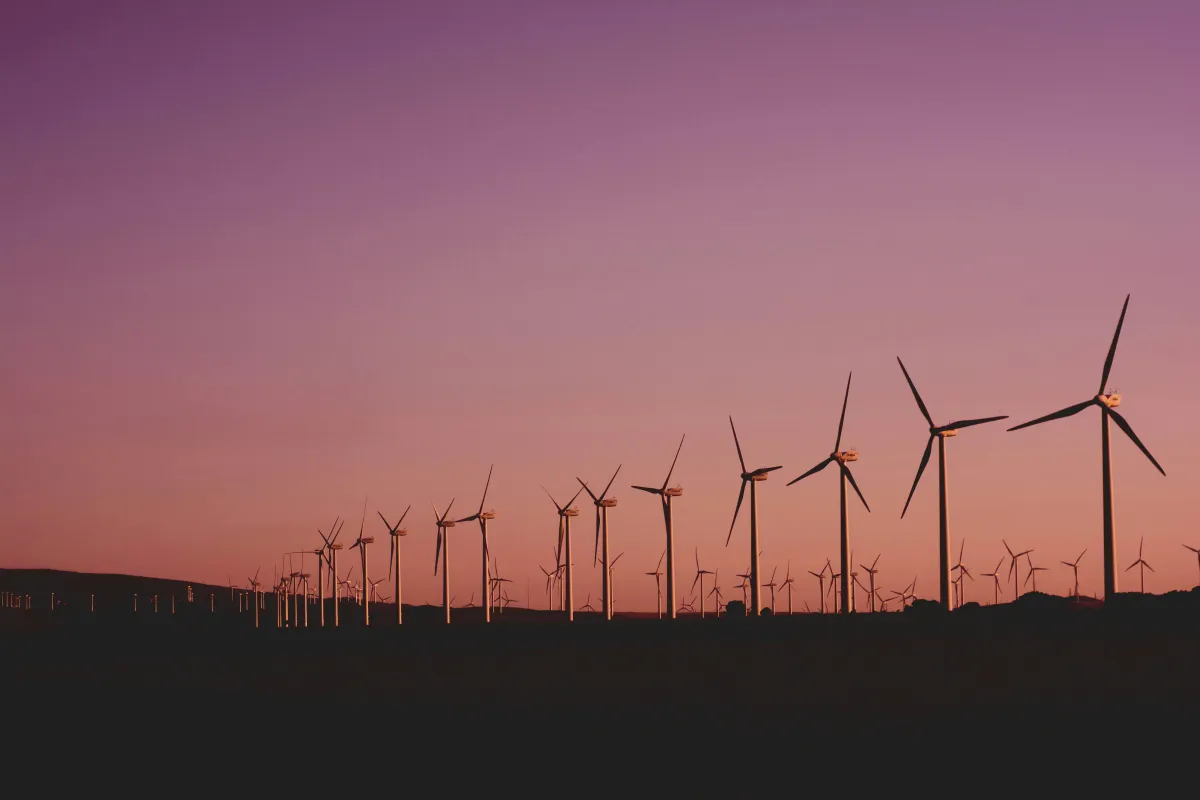

BESS Facilities
The Hidden Cost of “Clean Energy”: What Texans Should Know About BESS and Data Centers
Texas has always been known for energy innovation — from oil and gas to wind and solar. Now, there’s another new wave moving quietly across the state: BESS (Battery Energy Storage Systems) and massive data centers. On the surface, these projects sound like progress — boosting the grid, supporting renewables, and creating jobs. But as with most things, there’s more to the story.
The Promised Benefits
Proponents claim that BESS facilities help stabilize the grid by storing excess power from renewable sources and releasing it when needed. Data centers are the digital backbone of modern life, powering everything from online banking to streaming services. Together, they represent growth, technology, and the future of energy.
The Real-World Challenges
Behind that promise, however, are serious concerns that Texans — especially those living near new developments — should understand:
Fire Risks and Toxic Aftermath. Large lithium-ion battery storage sites can experience what’s called thermal runaway — a chain reaction that can lead to fires impossible to extinguish. The 2022 Moss Landing facility fire in California burned for days and left soil and water contaminated with heavy metals like cobalt and nickel. Even years later, nearby residents are still facing restricted access due to toxicity.
Water and Energy Demand. Both BESS and data centers consume enormous amounts of electricity and water to stay cool. Without constant cooling, the batteries can overheat, and the facilities can fail or ignite. In dry Texas regions, this extra water usage and energy demand raises real questions about long-term sustainability.
Land Footprint and Contamination. These facilities can occupy hundreds — even thousands — of acres, often in rural or lightly populated areas. When accidents happen, cleanup is nearly impossible. The chemicals involved don’t degrade, leaving the soil and groundwater permanently compromised.
Grid Instability Concerns. Ironically, the heavy reliance on intermittent “green” energy sources like wind and solar — which these batteries are meant to support — has, in some cases, made the grid more fragile. The push to stabilize it with more storage may help short-term, but it also introduces new risks.
Security and Foreign Oversight. Many of these systems rely on imported hardware and software. Questions have been raised about cybersecurity, oversight, and long-term reliability when control systems come from overseas manufacturers.
Texas by the Numbers
More than 900 facilities are planned or proposed across Texas — with sites touching nearly all 254 counties. That means these projects are moving into both urban and rural areas, from Central Texas farmland to the outskirts of smaller communities that may not even realize what’s being built nearby.
Why It Matters to Homeowners and Land Buyers
If you’re buying or selling land or residential property, it’s important to know what’s developing around you — not just today, but over the next five to ten years. A property that seems peaceful now may sit next to a future industrial site or battery storage facility. Understanding potential zoning, environmental impact, and proximity to infrastructure can make a big difference in long-term property value and peace of mind.
The Bottom Line
This isn’t about panic — it’s about awareness. Energy innovation isn’t going away, but Texans deserve transparency and balance in how these projects unfold. As a real estate professional, I make it a priority to stay informed about what’s happening across our state — so I can help my clients make educated, confident decisions about where they call home.
Knowledge is power — and in Texas, that power still belongs to the people who care enough to pay attention.
Thank You
Do you have questions?
Contact me for your "no strings attached" real estate conversation.
Learn about home buying or selling process. Ask general questions about the market, or even ask about real estate industry news!
Powered by Eakin Group

Texas Law requires all agents to make the following disclosure concerning representation. Please see these links:
Information About Brokerage Services
